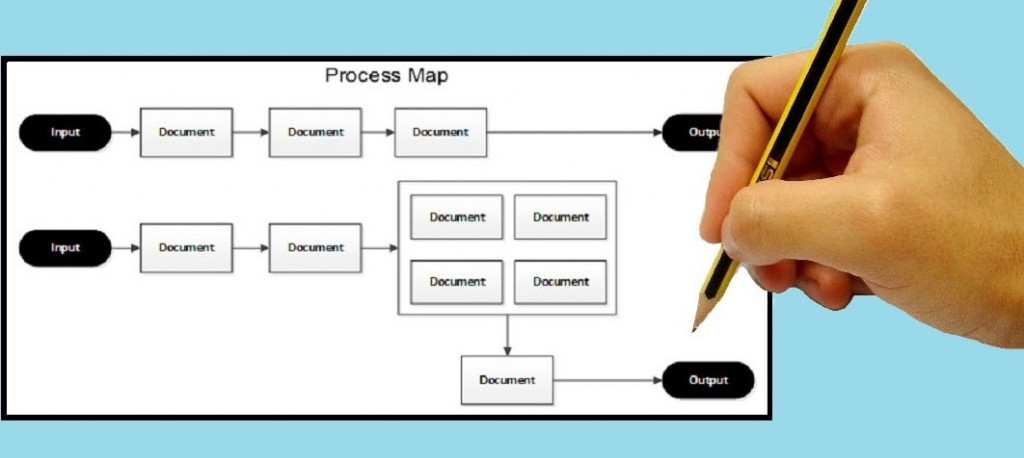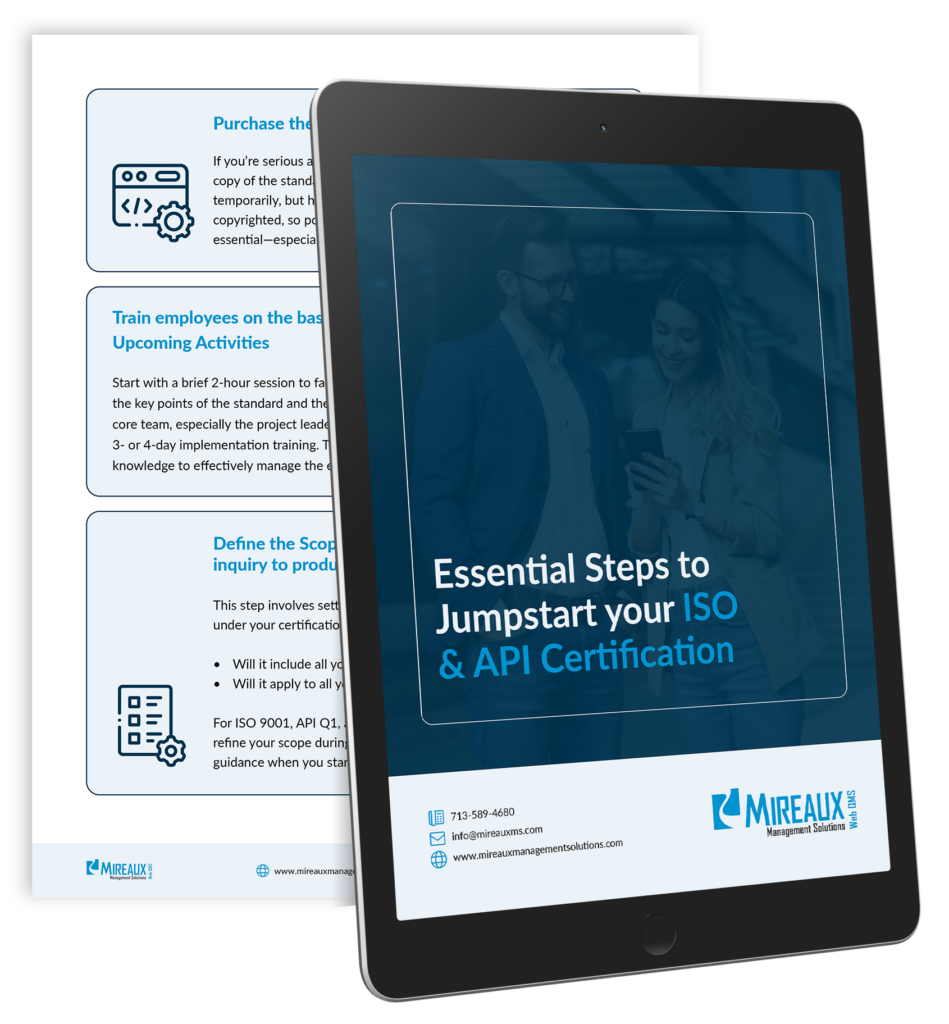To work properly, procedures have to match the company processes, and each organization must have their own set of processes which should be different than that of their neighbor. Even when companies build or perform similar activities, each of them has different culture and details that will make them unique and therefore they will have a procedure that is basically tailored to them.
Why Boiler Plates don’t always work
As with many other unusual phrases, boiler plate is one of those phrases I was taught as a young Engineer. Though not something I study about, I was quickly informed that boiler plates were useful and minimized the amount of thinking one had to do. When the situation requires, pop up the boiler plate, change a few words and voila, you are done. The use of this concept of course, fruitfully multiplied through the years, however I could not help but think a lot and read it times many before submitting a document based on a boiler plate.
To me, in fact, boiler plates are scary. Forget changing one word and if the reader is savvy you are toasted, because the credibility of your whole document goes out the window. No matter whether the document is a template or you use fancy search and replace techniques, a boiler plate requires all the more reading, because the grammar may not be good once you replace words and because you may be forgetting the idiosyncrasies of each organization. I don’t think we need to avoid boiler plates, but a formal and enhanced review process needs to be instituted when creating procedures or other documents out of boiler plates.
As a consultant I have people sometimes wondering why I spend so much time on procedures such as Document Control -even when our Web QMS system is being implemented. Their idea is usually that I have a boiler plate and that such should be sufficient. However even with a boiler plate, systems and processes are different for each organization. Whether the organization has only one 1 document control person, plans to keep the control of their documents at one location or opts for a simple document updating process; all matters and is taken into account when writing the procedure. Imagine if the boiler plate would only be changed for organization name. Most than likely nobody in the organization could relate to the procedure, follow it and not to mention that eventually, perhaps during an ISO audit, the procedure will not stand a chance and nonconformities will be raised against it.
So if you use a boiler plate, make sure that it is carefully reviewed and approved by various personnel functions before asking employees to adhere to it.
The starting place for procedure development: Process Mapping
If you are looking for revamping your procedures, perhaps because they are not used much, they do not represent your processes or they are too vague, you will find it very useful to conduct a process mapping exercise [For details on how to conduct a process mapping session see our article on Process Mapping at Mireaux’s ISO Vanguard Blog]. A process map is usually a high level map of how your organization processes flow, showing inputs and outputs and how your production or service goes from being an input through each of the processes until it becomes the desired output.
Unlike boiler plates, procedures written based on your own process mapping has many advantages. Here are a few:
- The procedure will be based exclusively on your own processes.
- Employees will feel better at endorsing the procedure because most than likely they took part on the process mapping sessions.
- The procedure will have a better flow and should be easier to adhere to, because it follows the process map.
So process mapping becomes a prime step in procedure development. As a consultant, I recommend keeping the following points in mind when conducting a process mapping exercise or when creating a -procedure:
- Do not base your procedure on what is desired, but rather what is being done. Basing your process map on steps that nobody is following will create faulty procedures that nobody will adhere to. Wait until you have completed the process map or at least until you have a good picture of what is being done, before your introduce some wanted steps. If your processes are not in control, most than likely your own employees will tell you where new steps are needed.
- Involve employees from the different divisions. If possible, hold the first process mapping session with a set of individuals representing each of the divisions. Then hold a second session with a different set of employees also representing each of the divisions. Each employee brings its own ideas and knowledge and therefore involving various employees will make your sessions richer.
- Do not worry about involving each and every employee. However try if possible to involve employees at different stages. For example, while some may be involved with process mapping, others may be involved with the actual procedure creation. This will ensure that everybody took part of the integration process and will make them more apt for endorsing the process and procedure later on.
- Once the process and procedures have been drafted, conduct joint draft reviews. As in any joint exercise, don’t worry if meetings feel more like boxing matches. If you follow the right steps through process mapping and procedure development, joint reviews should not be that bad, however, you must view this exercise as part of the buy-in process. The early you reach buy-in, the more adherence you will receive later.
- Review and revise the draft procedure two or three times at least before releasing. If more reviews are needed, encourage people to start using the procedures because actual use usually brings unresolved issues into place.
- Even though you may think that results are impossible, you will be surprised at how much people will endorse and adhere to the procedures and process map once they are complete. After all, they won’t be able to say they did not know about it, especially if they were part of the development.
If all fails, please do not buy procedures
If all fails chances are, your process mapping was faulty and you need to start again. So don’t give up and buy procedures, because you will be doing yourself more harm and actually prolonging the time before your procedures are followed. As a consultant I once was told by a prospective client “what can you do for us, you know I can go online and get a lot of information to get certified”. Although I felt a bit offended, I was glad they did not picked me as they consultant. To the CEO or managers who feel they can buy their procedures online I say “With us you will get accurate process mapping sessions and procedures that will truly reflect your methods, enhance your processes and take your company to world-class quality height”.
Advance Your Knowledge with API and ISO Training from Mireaux University
Whether you’re preparing for certification or ready to take your team’s expertise to the next level, Mireaux training gives you the tools to succeed. Through Mireaux University (Mireaux-U) — our dynamic online learning platform — you can access course materials anytime, watch exclusive bonus videos, take your online exam, and download your certificate instantly. Experience expert-led training and real-world insights designed to empower your success. And link Mireaux University to this page:
ISO Training API Training



